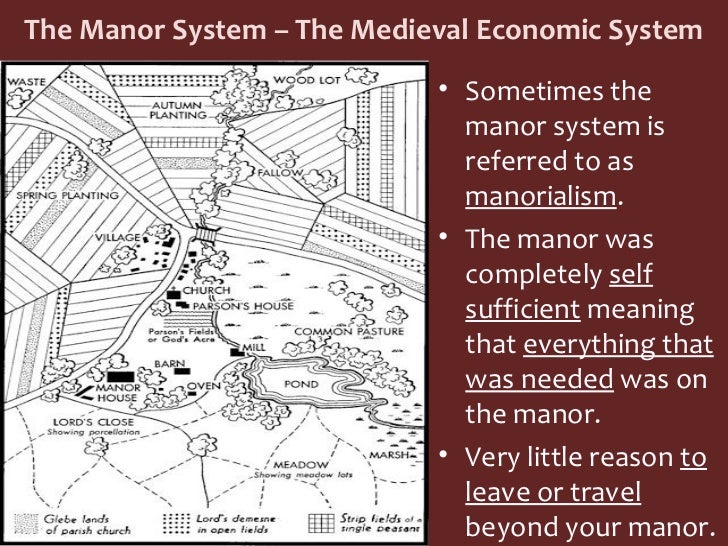

Photo by Hassan Nasir, Wikimedia Commons

Excavation of this ancient city began in 1920. With the discovery of this lost civilization, the timeline for India’s history was pushed back over one thousand years.įigure 3.1: Archaeological Site for Harappa. Harappa, it turned out, was an ancient city dating back to the third millennium BCE, and only one part of a much larger civilization sprawling over northwest India. But the excavation of Harappa did not begin until 1920, and neither the Archaeological Survey nor Indian archaeologists understood their significance until this time. When he became the director of Great Britain’s Archaeological Survey in 1872, he ordered protection for these ruins. He was, therefore, quite dismayed that railway contractors were pilfering these bricks for ballast. A British army engineer, Sir Alexander Cunningham, sensed its importance because he also found other artifacts among the bricks, such as a seal with an inscription. A large one was located in a village named Harappa (see Figure 3.1). Yet, even during the nineteenth century British explorers and officials were curious about brick mounds dotting the landscape of northwest India, where Pakistan is today. Prior to the twentieth century, for instance, historians believed that India’s history began in the second millennium BCE, when a people known as Indo-Aryans migrated into the Indian subcontinent and created a new civilization. Our knowledge of the ancient world has been radically altered by impressive archaeological discoveries over the last two centuries. Odisha State Museum, Indiaįrom: World History: Cultures, States, and Societies to 1500ĭelhi Sultanate Introduction: A Political Overview He who gave the fief established his superiority, but both were honored members of a medieval elite.The earliest work of Indian aesthetics is Bharata’s “Natya Shastra.” It consists of a few instructions to the actors about present plays. It was therefore the basis of a special and close relationship between two members of the military aristocracy. In the strictest sense, “feudal” meanings “pertaining to a fief.” A fief in northwestern Europe, beginning in about the eleventh century, was a gift of valuable, income-producing property – usually control over land and peasants – in return for military service. “Feudalism” has so many different means that precision is easily lost. The Portuguese brought techniques for planting cane and making sugar from Madeira, but they also brought late feudalism and early capitalism from Europe. The early plantation complex in Brazil contained some institutional survivals from the medieval Mediterranean, as well as other institutions created for the new conditions of the New World.

Finally, in 1888 Brazil was the last country in the Western Hemisphere to abolish slavery. Brazil was also the place where the characteristic elements of New World tropical slave plantations were first put together.

In our ethnocentric way, many of us tend to think of the United States as the place where most slaves were landed. Brazil was peculiarly important in the history of the plantation complex.


 0 kommentar(er)
0 kommentar(er)
